Microplastics, an imperceptible threat that poses a serious hazard to the planet's ecology and human health, are now ubiquitous. In past studies, scientists have found traces of microplastics in the deep ocean, on the summit of Mount Everest, in plants and animals, and even in human blood, placenta, and baby faeces. Although microplastics are tiny, their potential impact on the environment, biodiversity, and human health is enormous.
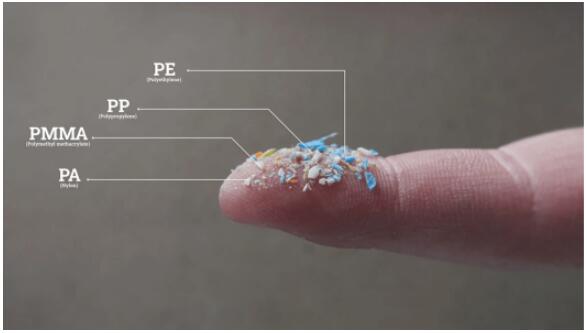
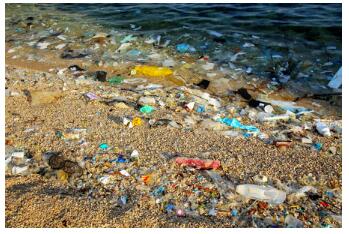
Microplastics are generally plastic particles or fragments with a diameter of less than 5 mm. Depending on their origin, microplastics can be further classified into primary and secondary microplastics.
Primary microplastics are tiny plastic particles that are specially designed and produced for certain applications; they are commonly used in personal care products, detergents, cosmetics, paints, plastic products, etc. Secondary microplastics, on the other hand, are tiny pieces of plastic formed by the breakdown, wear and tear and degradation of larger plastic products. They can come from plastic waste, plastic packaging, plastic containers, and more. The size range is from nanometres to several millimetres. Among them, land-based sources of microplastics are mainly poorly managed landfills, sewage discharges, illegal dumping of rubbish, plastic processing, production and transport, and agricultural films, etc. Marine sources are mainly derelict fishing gears from fishery and aquaculture activities, domestic rubbish from ships and offshore operating platforms, and maintenance waste.
There are many types of plastics, which can be distinguished from the outer packaging. The Society of the Plastics Industry (SPI) in the United States has developed marking codes, represented by numbers and triangles. Many countries have adopted this set of markings. Common plastic materials are polyethylene terephthalate (PET), polyethylene (PE), polyvinyl chloride (PVC), polypropylene (PP), polystyrene (PS), and polycarbonate (PC). When we see these markings on the outer packaging of an item, it means that it is made of this type of plastic.
Microplastics mainly come from the decomposition of large plastic waste, abrasion of textile fibres, the production and processing of plastic products, and microplastic particles in cosmetics and personal care products. These microplastic particles cannot be fully filtered by municipal sewage treatment systems and can go straight into rivers and oceans causing pollution, and tyre wear also produces microplastic particles.
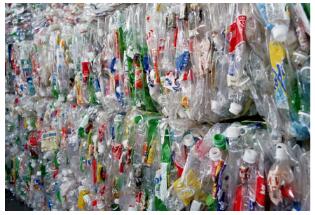
So what exactly is the impact of microplastics on the environment and biodiversity?
Firstly, the survival of aquatic organisms is directly threatened. Due to the extremely small size of microplastic particles, they are easily ingested by aquatic organisms, which in turn leads to organism damage and poisoning. For example, fish, marine invertebrates and seabirds that ingest microplastic particles in the water may face digestive tract obstruction, inflammation, and inadequate nutritional intake.
In addition, microplastics can persist in the soil for long periods of time, with potential impacts on crops and soil ecosystems. When farmland is irrigated with wastewater containing microplastics, the microplastics can enter the soil and be absorbed by crops, eventually entering our food chain. This results in microplastics disrupting the balance of the ecosystem and may gradually build up in the food chain and be passed on to organisms at higher levels. This disturbance allows the entire ecosystem to be affected and the tiny particles will pose a huge threat to human health.
In terms of waste separation and recycling, it is important to properly separate and recycle plastic waste to ensure that it does not enter the water environment. Qunfeng Heavy Industry has introduced a process from Europe for recyclable waste, especially for the recycling of plastics, which has an all-around solution for the resourcing of plastics. This process is the best choice for separating plastics, metal and electronic wastes, as well as contaminated and mixed plastic materials. Qunfeng Heavy Industries can provide tailor-made solutions for plastic recycling projects. After sorting, all kinds of plastics can be used as recycled raw materials through washing, shredding and granulation, so as to achieve the purpose of reducing the content of microplastics into the environment.
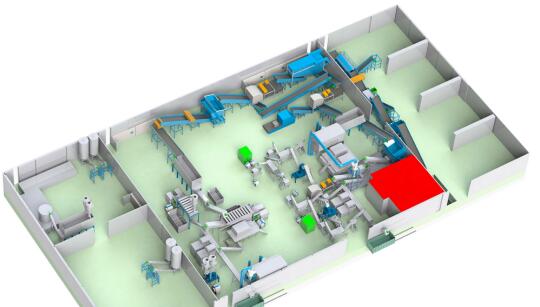
▲Plastic Sorting Intelligent Robot
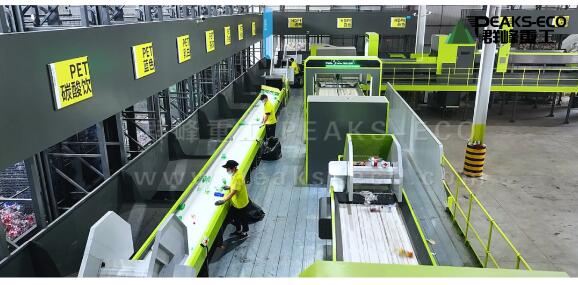
▲Plastic Sorting Cage